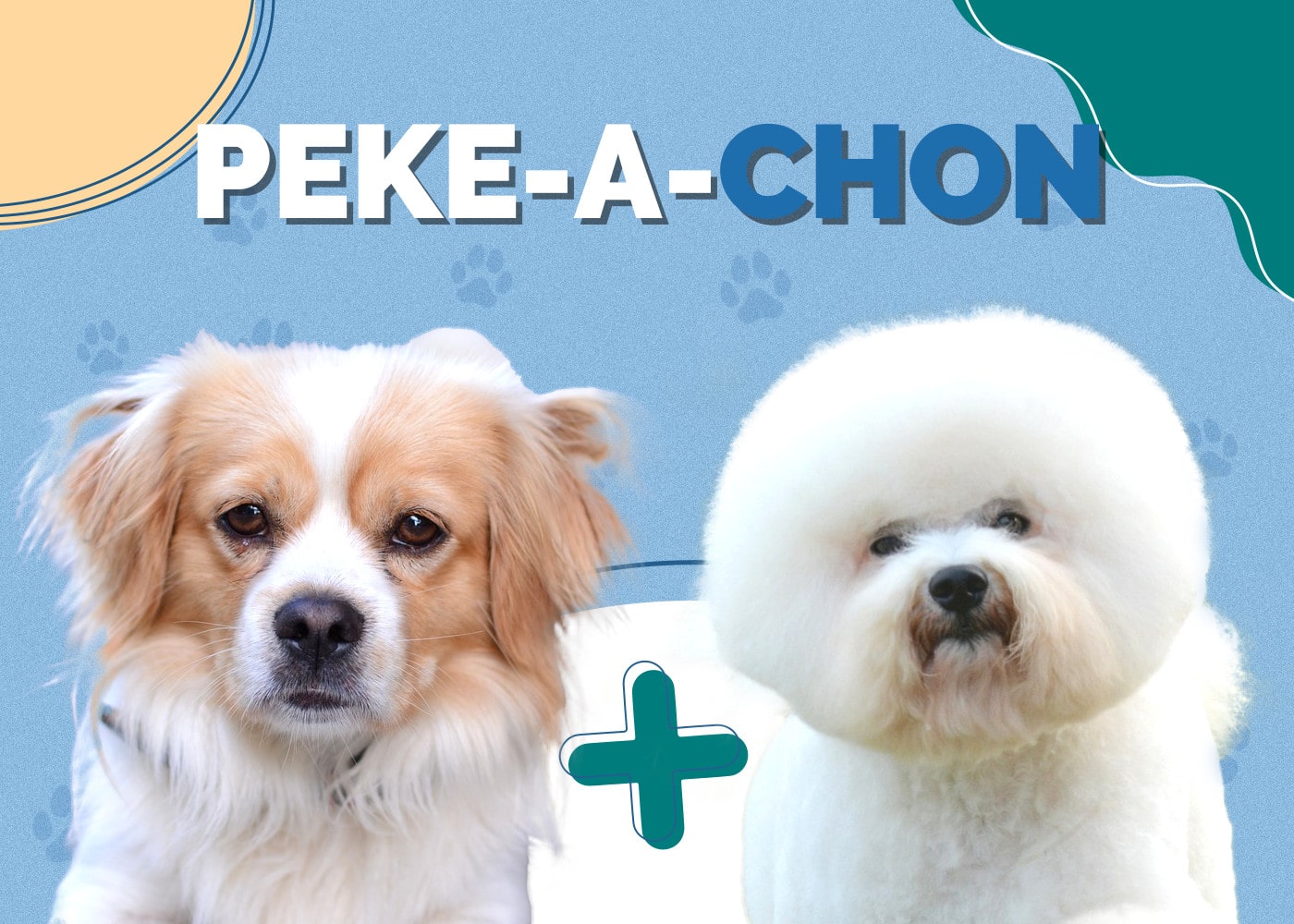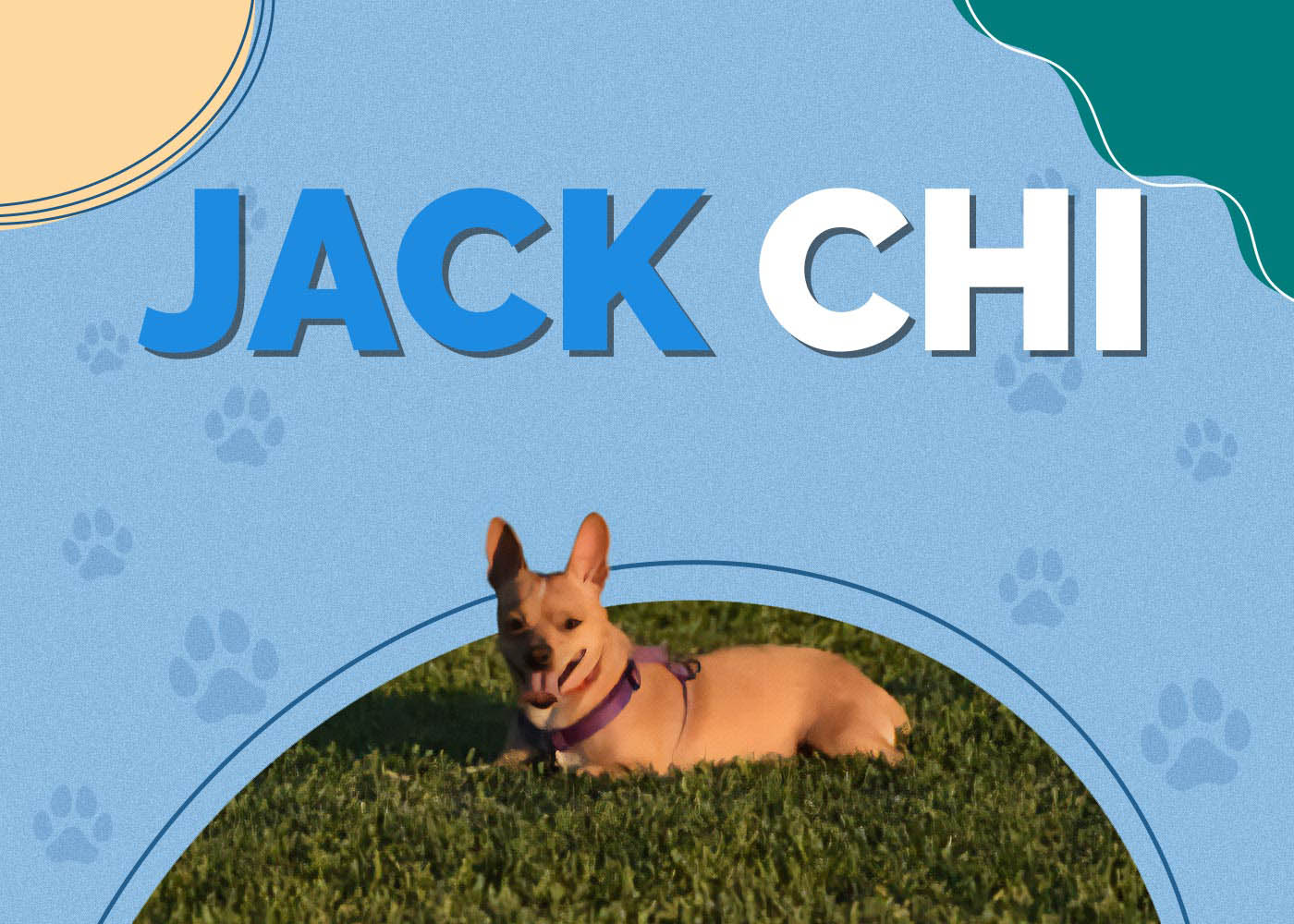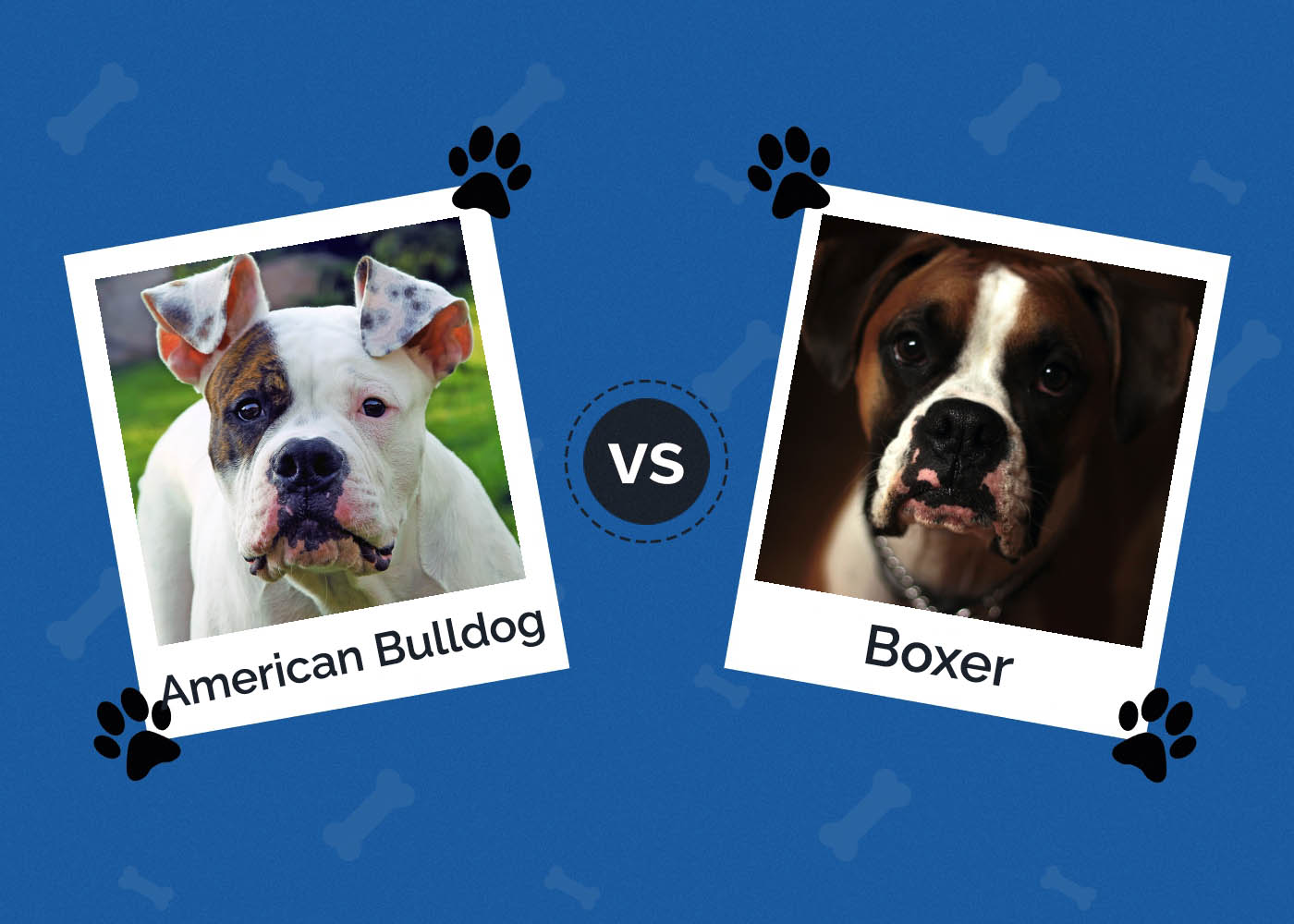Giant Schnauzer | Dog Breed Info: Pictures, Personality & Facts

Updated on
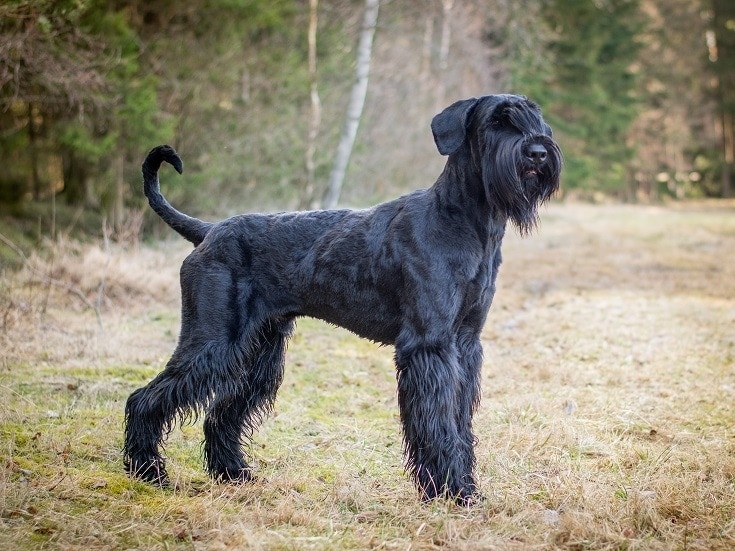
| Height: | 23–27 inches |
| Weight: | 55–80 pounds |
| Lifespan: | 10–14 years |
| Colors: | Black, salt and pepper |
| Suitable for: | Active families and singles, hunters |
| Temperament: | Intelligent, loyal, kind, powerful, stubborn |
The Giant Schnauzer was bred specifically to be a working dog and is the largest of the three different Schnauzer breeds. They were first developed in the 17th century in Germany to assist in driving livestock and work as loyal guard dogs, and eventually, they became popular military dogs in both World War I and II. Today, they are commonly used as police and military dogs, for search and rescue, and in agility shows.
The name “Giant” is somewhat misleading, as these dogs are dwarfed by real giant breeds like Great Danes, although they are far larger than their cousins, the standard Schnauzer and Miniature Schnauzer. Their personalities are huge, though. While they are friendly and playful animals, they can display dominance at times and may be a handful for first-time owners. If they do not get the required stimulation, they can become destructive, and your shoes and furniture will suffer the consequences.
These dogs are widely used as versatile working animals but make loyal and loving companions. Read on below for a deeper dive into this powerful breed.
Giant Schnauzer Puppies
Giant Schnauzer puppies are as adorable as their parents, and you’ll find them hard to resist should you go to view one. They have a coarse and wiry outer coat with a velvety soft undercoat, along with soft drooped ears. The most recognizable characteristic of the Giant Schnauzer is their bushy mustache and eyebrows and their soft, gentle eyes. Indeed, they have eyes that seem to know just what you are feeling.
You are not spoiled for choice in terms of color. The breed has only two recognized colors: black, and salt and pepper. The latter is a sprinkling of white hair intermingled with their black undercoat, taking on the appearance of salt and pepper being sprinkled onto them.
They are large, energetic, and boisterous dogs that require a ton of exercise and firm training. This should be taken into careful consideration before deciding to bring one of these puppies home.
3 Little-Known Facts About the Giant Schnauzer
1. The three Schnauzer sizes are actually three different breeds.
The three different Schnauzer sizes—Giant, Standard, and Miniature—are actually three different American Kennel Club-recognized breeds. Toy and Teacup Schnauzers are also available but are just market terms for smaller-sized dogs and are not recognized by the AKC. The three breeds have much in common but also vary widely in more ways than just size.
The Giant and Standard Schnauzers are considered to be part of the group of working dogs, while the Miniature Schnauzer is considered to be part of the Terrier group. This classification has caused heated debates, as the Miniature Schnauzer does not share many similarities with Terriers.
2. They weren’t always called Schnauzers
With their distinct and recognizable mustache, their name may seem like a perfect fit, but these dogs were originally known as the Wire-Haired Pinscher. When dog shows became popular in the late 1800s, the breed was renamed to a more fitting title to include its distinctive whiskered snout. They also have a square and protruding snout that further accentuates their mustache. The word “Schnauzer” comes from the German word “schnuaze,” which means snouter.
3. The Giant Schnauzer was the third incarnation
While it may seem counterintuitive, the Giant Schnauzer was the last of the three to be developed. Breeders were looking for a working cattle dog and guard dog, and the Standard Schnauzer was crossed with a Black Great Dane to increase its size. This made the breed’s coat shorter and the body larger and more powerful, and made them into a formidable guard dog too.
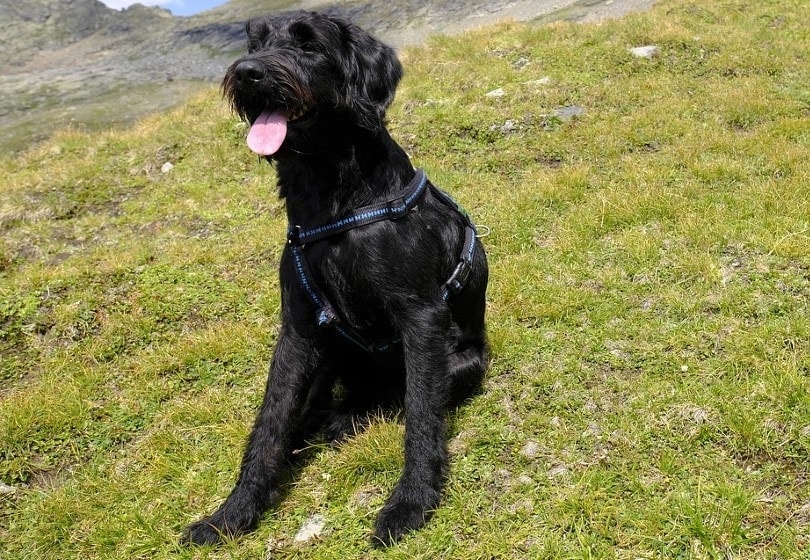
Temperament & Intelligence of the Giant Schnauzer🧠
Giant Schnauzers are known for their unwavering loyalty and protective nature, but they can be stubborn and mischievous too. They are a true working breed and will make great guard dogs because they are intimidating, powerful animals with a dominating presence.
They have the bold, brave, and assertive qualities of a champion watchdog coupled with the calm, gentle, and loving nature of a true companion animal. They have a strong love and bond with their owners that can quickly translate into a fierce sense of loyalty and protectiveness that can be intimidating to strangers. What’s more, they are inherently distrustful of strangers and can be extremely territorial at times. They need a firm and assertive hand when training and can be a handful for experienced owners, let alone first-time dog owners.
These traits make them a wonderful and fiercely loyal companion with a massive presence, both physically and energetically. This cannot be taken lightly, and these dogs are a huge responsibility that is not for the faint-hearted. With calm, assertive leadership and a healthy dose of patience, they are the most loyal, hardworking, and loving companions you could wish for.
Are These Dogs Good for Families?🏡
Giant Schnauzers make great family pets. They are incredible guard dogs that are highly territorial, alert, and loyal. They have all the qualities of an ideal family companion, being gentle, kind, affectionate, and protective. The one caveat is that they are easily excited and get boisterous at times and may unintentionally knock over small children—you’ll need to keep a close eye on these gentle giants around your kids. They also possess an inclination toward aggression if not trained and socialized correctly, so these are essential components to instill in these dogs as early as possible.
Does This Breed Get Along with Other Pets?🐶 😽
These friendly dogs will usually make fast friends with other pets. Your cats may not be to be enthused about the giant newcomer, though, as Giant Schnauzers have a fairly high prey drive. Without neutering or spaying, other dogs of the same gender may be an issue, as they may fight for the top position in the household. The key to mitigating these problems is early socialization, which will help your Schnauzer see these other pets as an essential part of the family.
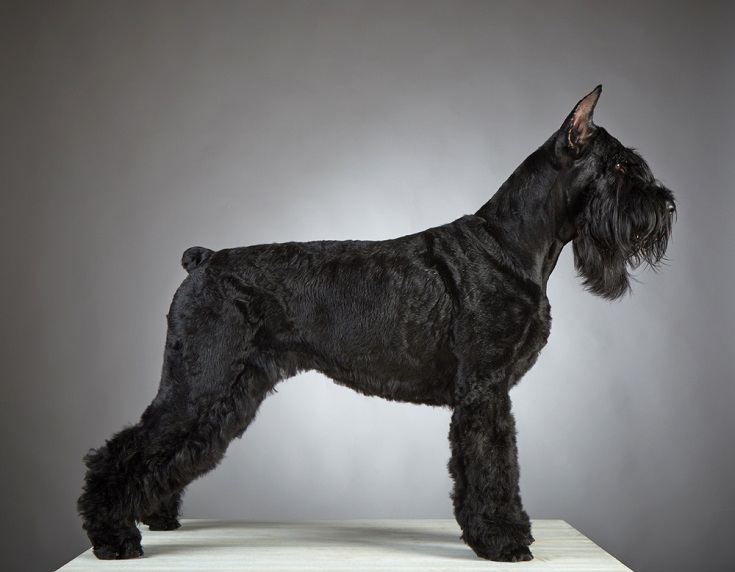
Things to Know When Owning a Giant Schnauzer
Food & Diet Requirements🦴
Giant Schnauzers are active, energetic dogs with large and solid frames, and they will need a nutrient-rich diet to match. We recommend a diet that is high in protein to fuel their high energy and sturdy build. This can come in the form of a specialized, protein-rich dry food or from plenty of lean meats or organ meats, like liver and kidney. As a daily standard, around 4 cups of high-quality dry kibble are great, divided into two meals. They should have plenty of fresh, clean water available at all times too.
Of course, the quality of food is extremely important, as you’ll need to feed your dog less and they will gain more nutritional benefits. Commercial dog food frequently contains filler ingredients to bulk the food up, which results in a low nutritional value but a high-calorie meal. Not only will this cause rapid weight gain for your pooch, but these filler ingredients can lead to a host of health issues too.
Schnauzers are susceptible to gastric torsion and should ideally be fed gut-friendly foods and should be kept far away from table scraps. Splitting their daily meals up into smaller portions will also help prevent this condition.
Exercise🐕
The high-energy Giant Schnauzers will require intensive exercise to tire out, and they’ll need at least 1-2 hours a day to be sufficiently worked. Remember, they were bred as hardworking animals, and their genetics will be strongly attuned to having a job to do. Without this regular workout, they can quickly become mischievous and will start chewing, digging, and barking excessively to express their frustration. The culmination of this frustration can also lead to aggression, which is the last thing you want from a large and powerful dog.
Giant Schnauzers are not recommended for small houses or apartments, as they have high energy levels and need a yard to run around in at the very least.
Training🦮
Giant Schnauzers are extremely intelligent and eager to learn and consequently, are easy dogs to train. They will excel at obedience, agility, and command training and have a long history as police and search-and-rescue dogs.
They can be hard-headed animals and stubborn at times, but if you keep training sessions short and entertaining, this is rarely an issue. We recommend reward-based training with these dogs, as they love to please their owners and will thrive on the attention. That said, they are large animals with big personalities and will need a firm hand and calm assertive technique to gain the upper hand.
Training begins the day that you bring your puppy home, and basic commands and socialization a great way to get started. Getting your dog to sit before giving them food or letting them outside is the perfect place to start.
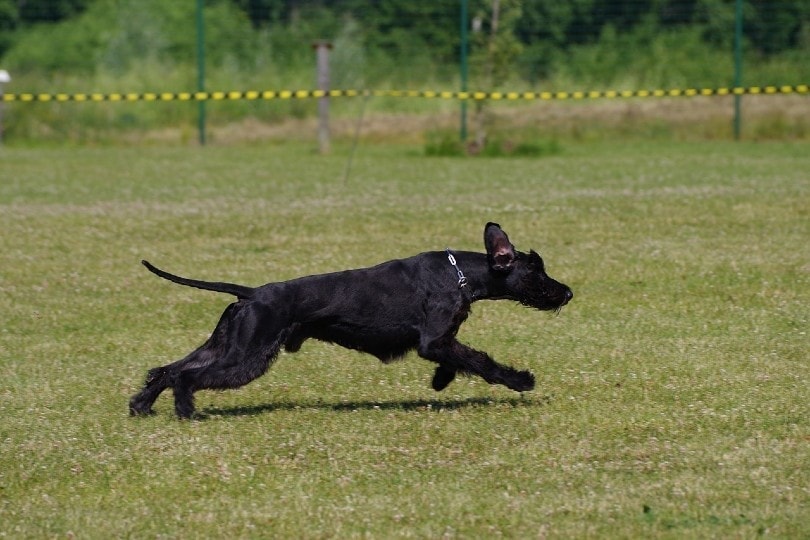
Grooming ✂️
The Giant Schnauzer has a short, coarse, and wiry coat that does not shed much and is thus fairly low maintenance. The undercoat is dense, though, and can be prone to matting, so it will need a weekly brushing. The most important things to pay attention to are the ears. The long drooping ears of the Schnauzer restrict airflow into the ear canal, and this can easily result in infection. Be sure to keep the inside of the ears clean and dry and perform regular checks for redness or infection.
Other than that, nail trimming may be required if their nails get too long, and regular teeth brushing will prevent tartar build-up and dental disorders.
Health Conditions❤️
The Giant Schnauzer is a healthy and robust breed with few hereditary health conditions. However, the breed does have a few health concerns to be aware of. These include the following.
Obesity. This is fairly common in Giant Schnauzers and can lead to a cascade of health problems that can quickly become life-threatening. This can include the onset or worsening of joint problems, back pain, heart disease, and digestive disorders. You, the owner, can easily prevent this condition, so you’ll need to resist the soulful eyes staring at you for table scraps!
Dental disease. One of the most common issues in all dog breeds, tartar build-up can quickly lead to gum and tooth infections. Daily brushing is essential to keep these issues at bay.
Gastric Dilatation. This condition begins as simple bloating but can quickly become more serious. Giant Schnauzers have deep and narrow chests, so they are more susceptible than most other breeds. The stomach twists on itself and cuts off blood flow, which can quickly be fatal if left untreated.
Hip and Elbow Dysplasia. A genetic joint condition caused by abnormal formation of the hip and elbow joints, it will result in pain and eventually arthritis. It can be treated with chronic medication but may require surgery in more severe cases. Obesity will further worsen this condition and may bring it on sooner.
Diabetes. This condition is almost exclusively diet-related and can be easily prevented and managed with a good diet. No treats or table scraps!
Epilepsy. This is often an inherited condition and results in seizures of varying degrees of seriousness. Lifelong chronic medication is needed to keep the seizures at bay.
- Skin allergies
- Bloat
- Obesity
- Diabetes
- Eye problems
- Cancer
- Hip and elbow dysplasia
- Gastric dilatation
- Epilepsy
Male vs Female
There are many misconceptions about male vs. female dogs, such as marking territory, wandering, and moodiness being the common reasons to choose one over the other. While these generalizations may be true, neutering a male and spaying a female will rid your dog of many, if not all, of these traits. The procedure will also greatly assist their general health and lead to a happier and more even-tempered animal.
There is no real reason to choose a male over a female or vice versa with Giant Schnauzers. Unless you are planning on breeding or showing the dogs, their obedience, energy levels, and personality are unique in each animal, no matter the gender.
Final Thoughts
Giant Schnauzers are active, powerful, and headstrong dogs that are ideally suited for active families and owners. They can be a massive responsibility, as they are large in both size and personality. They are hardworking and loyal pooches that are well suited to police work, search and rescue, and hunting. That said, they are popular companion animals due to their loyal and loving nature.
They are generally great with children, albeit on the boisterous side at times, so they need a firm and assertive hand in training. They can also be dominating and territorial at times and may not be the ideal choice if you are an inexperienced dog owner.
If you are an active lover of the outdoors or you need a hardworking hunting companion, the Giant Schnauzer is a great choice!
See Also:
- Westie Schnauzer Mix (Wauzer): Dog Breed Info, Pictures
- Giant Kerry Blue Schnauzer (Kerry Blue Terrier & Giant Schnauzer Mix) Pictures, Traits & Facts
Featured Image Credit: Eliska Zeiskova, shutterstock





